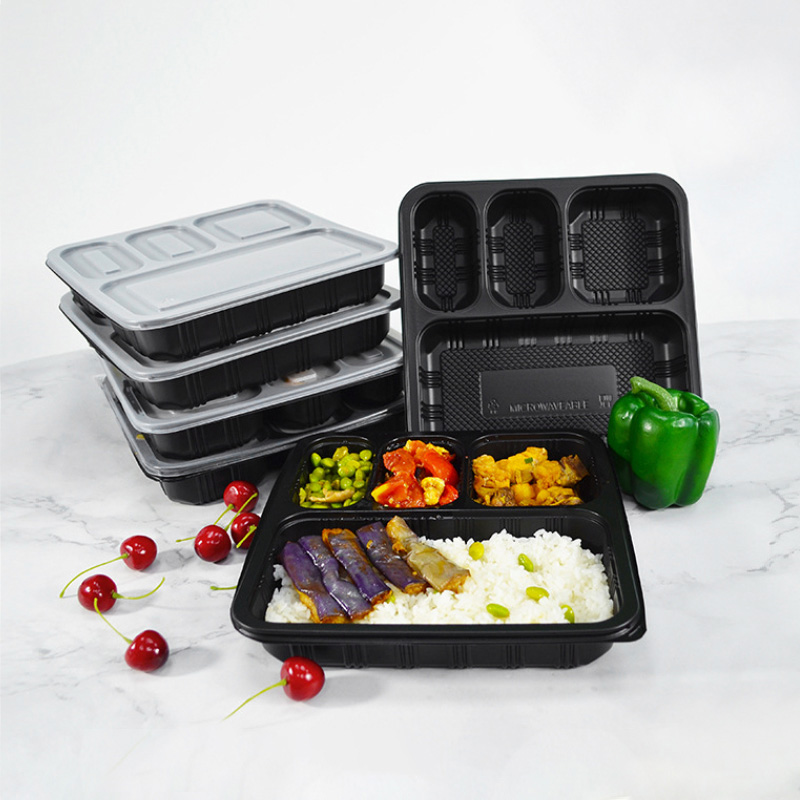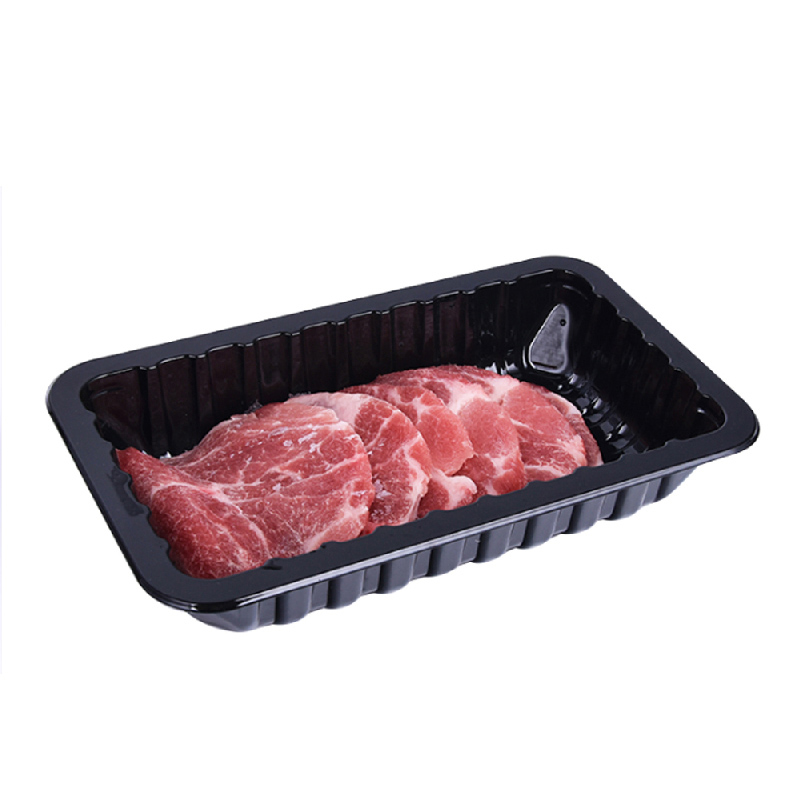Introduction
In today’s competitive food packaging market, selecting the right packaging material is no longer just about cost—it’s about finding the best balance among food safety, performance, environmental impact, and price.
Among the many packaging options—PET, RPET, CPET, PLA, PS, and others—Polypropylene (PP) is increasingly in the spotlight. But how does it truly compare?
This article takes a deep dive into PP vs. other plastics, revealing which material truly offers the best combination of performance, sustainability, and cost-efficiency for food packaging.
✅ Heat Resistance: Is PP Tough Enough?
Heat resistance is a top priority for food packaging, especially in ready-to-eat meals, hot drinks, and microwaveable containers.
Polypropylene (PP) performs exceptionally well:
- Temperature Range: -20°C to +120°C
- Microwave-Safe: Perfect for heating and reheating.
- Dishwasher-Friendly: Suitable for limited reuse.
➡️ Heat Resistance Comparison:
| Material | Heat Resistance | Microwave Safe? |
|---|---|---|
| PP | Excellent (-20°C to 120°C) | ✔ Yes |
| PET | Moderate (up to 60°C) | ✘ No |
| RPET | Limited (up to 55°C) | ✘ No |
| CPET | Excellent (-40°C to 220°C) | ✔ Yes |
| PLA | Poor (up to 45°C) | ✘ No |
| PS | Poor (up to 70°C) | ✘ No |
Verdict: PP offers outstanding heat resistance, rivaled only by specialized materials like CPET—but at a lower cost.
✅ Lightweight Strength: How Does PP Compare?
Packaging weight affects everything from shipping costs to carbon footprint.
PP has the lowest density among major plastics:
- Density: Approx. 0.9 g/cm³
- Lightweight yet strong and impact-resistant.
- Reduces transportation emissions and costs.
By comparison:
- PET and CPET are heavier.
- PLA and PS are fragile under impact.

✅ Barrier Performance: Is PP Good for Freshness?
While PET offers higher gas barrier properties, PP provides moderate protection ideal for:
- Fresh produce
- Ready meals
- Bakery items
For longer shelf life, PP can be paired with MAP (Modified Atmosphere Packaging) technology, effectively preserving freshness.

✅ Sustainability: Can PP Compete?
In sustainability, Polypropylene has an edge due to its recyclability and energy-efficient production:
- Recyclable (Plastic #5) in many regions.
- Lower carbon footprint during manufacturing compared to PET and CPET.
- Emerging Post-Consumer Recycled (PCR) PP options.
| Material | Recyclability | Biodegradable? |
|---|---|---|
| PP | Widely recyclable | ✘ No |
| PET | Widely recyclable | ✘ No |
| RPET | Recyclable | ✘ No |
| CPET | Limited recyclability | ✘ No |
| PLA | Compostable in industrial facilities | ✔ Yes (limited) |
| PS | Hard to recycle | ✘ No |
Verdict: While not biodegradable like PLA, PP’s recyclability and reusability make it a strong eco-friendly contender.
✅ Cost Efficiency: Is PP Budget-Friendly?
PP strikes an excellent balance between affordability and function:
- Generally cheaper than CPET and PLA.
- Lower logistics costs due to lightweight.
- Microwave-safe and reusable features increase long-term value.
✅ Real-World Application: Xiamen Dashan’s PP Packaging Solutions
Xiamen Dashan Packaging, a trusted leader in the food packaging industry, utilizes advanced PP packaging for various applications:
Their PP packaging lines are fully compliant with global food contact regulations, offering customizable, durable, and sustainable solutions.
Explore Xiamen Dashan’s Website →

✅ FAQ: PP vs. Other Plastics—Common Questions Answered
1. Is PP microwave-safe?
Yes, PP is safe for microwaves and maintains integrity during heating.
2. How sustainable is PP compared to other plastics?
PP has a lower carbon footprint during production and is recyclable in many regions, though not biodegradable.
3. Can PP be frozen?
Yes, PP withstands freezing temperatures without becoming brittle.
4. How does PP’s cost compare with other materials?
PP generally costs less than CPET and PLA, making it attractive for cost-sensitive markets.
5. Is PP customizable for branded packaging?
Yes, PP can be easily molded, printed, or colored for customized packaging solutions.
✅ Conclusion: Does PP Offer the Best Balance?
In the competition between PP and other plastics, Polypropylene consistently proves itself as a balanced choice for food packaging:
- High heat resistance
- Lightweight durability
- Wide recyclability
- Cost-effective
- Versatile for multiple applications
While materials like CPET or PLA may have niche strengths, PP’s all-round performance, affordability, and growing recyclability make it the go-to material for many modern food packaging needs.
📖 References
- FDA Food Packaging Requirementshttps://www.fda.gov/food/packaging-food-contact-substances-fcs
- European Commission: Food Contact Materials Regulationhttps://health.ec.europa.eu/
- PlasticsEurope: Polypropylene Properties and Applicationshttps://www.plasticseurope.org/
- ScienceDirect: Advances in Food Packaging Technologieshttps://www.sciencedirect.com/
- Packaging World: Polypropylene Packaging Trendshttps://www.packagingworld.com/
- Environmental Protection Agency (EPA): Plastics Recycling Factshttps://www.epa.gov/
- Food Packaging Forum: Plastic Materials in Food Packaginghttps://www.foodpackagingforum.org/
- FAO: Modified Atmosphere Packaging Overviewhttps://www.fao.org/
- American Chemistry Council: Benefits of Polypropylenehttps://www.americanchemistry.com/
- Packaging Digest: Polypropylene’s Role in Sustainable Packaginghttps://www.packagingdigest.com/
